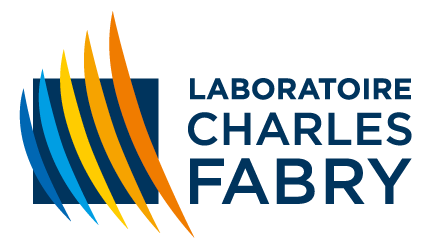Thesis defense of Quentin BOURNET
Thesis defense of Quentin BOURNET, PhD student in the Lasers group of the Laboratoire Charles Fabry, on Friday 23 June 2023 at 2pm in the Auditorium of the Institut d'Optique in Palaiseau, on the topic: "Generation of ultrashort pulses in the mid-infrared range".
Abstract: "The generation of ultrashort pulses in the mid-infrared at high repetition rates is of great interest for applications such as molecular 2D spectroscopy, as it makes it possible to increase the signal-to-noise ratio very significantly. In this context, this thesis reports on a study into the generation of ultrashort pulses in the mid-infrared over a range of wavelengths from 3.5 to 11 μm. The different architectures proposed are based on the non-linear process of frequency difference generation (DFG). First, so-called intra-pulse generation (intraDFG) is implemented by compressing pulses at the output of a Ytterbium-doped fibre amplifier, which are then sent into a non-linear crystal. This method is a particularly simple and effective way of generating broadband mid-infrared radiation that is intrinsically stable in envelope-carrier phase, with intrinsic spatio-temporal overlap of the spectral components as they propagate through the crystal. Online generation is then improved by negatively stretching the pump pulses, independently optimising the temporal overlap of the spectral components involved and inserting a bichromatic plate (BWP) to increase the number of photons involved in the interaction, improving the energy generated by a factor of 5. An electro-optical sampling device was developed for temporal characterisation of the pulses, demonstrating durations of up to 49 fs at 8 μm, corresponding to 1.7 optical cycles. Subsequently, two architectures for parametric amplification (OPA) of the mid-infrared pulses are realised by recycling the previously amplified signal photons to the output of the intraDFG stage, first in a configuration using a delay line, and then in a configuration preserving the on-line character of the generation. Pulses of 1 μJ, 84 fs at 250 kHz repetition rates are then obtained, increasing the overall efficiency by more than an order of magnitude compared with the state of the art for these techniques. Finally, a source based on a standard "inter-pulse" DFG architecture is built to establish a benchmark in molecular 2D spectroscopy. In particular, a study of the intensity stability properties shows RMS stabilities of between 0.4% and 11% for intraDFG and 0.6% to 1.9% for interDFG over their entire tunability range".
